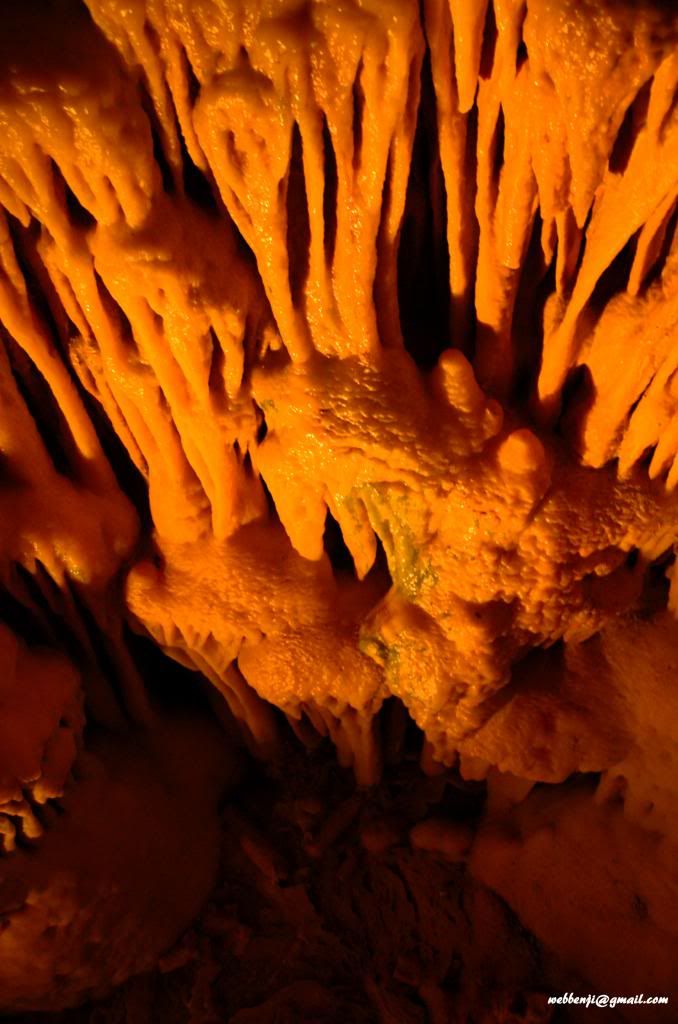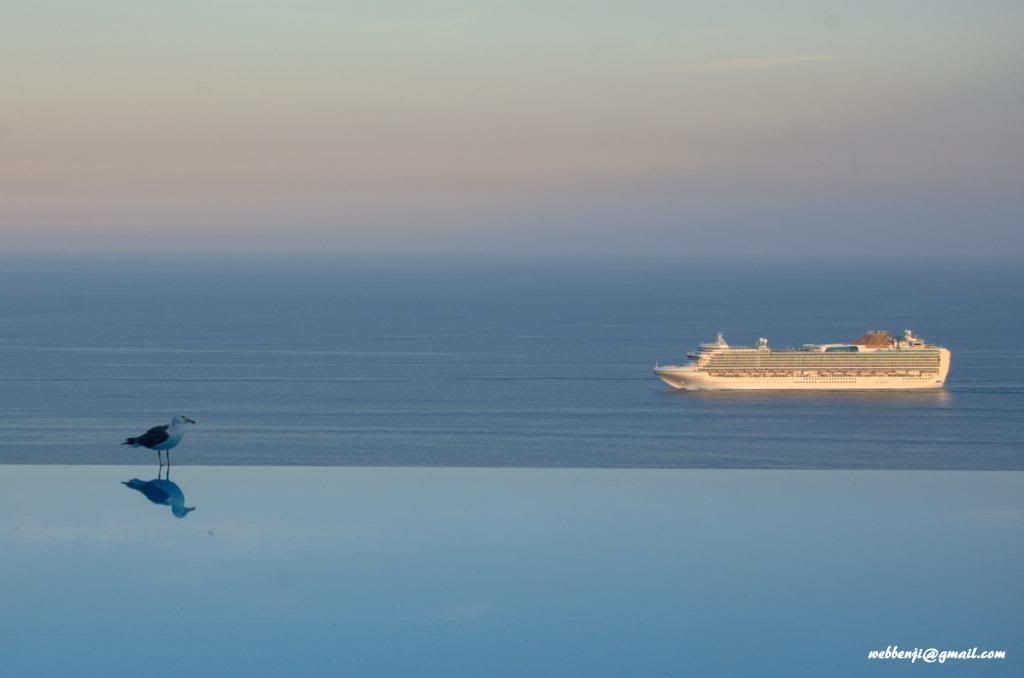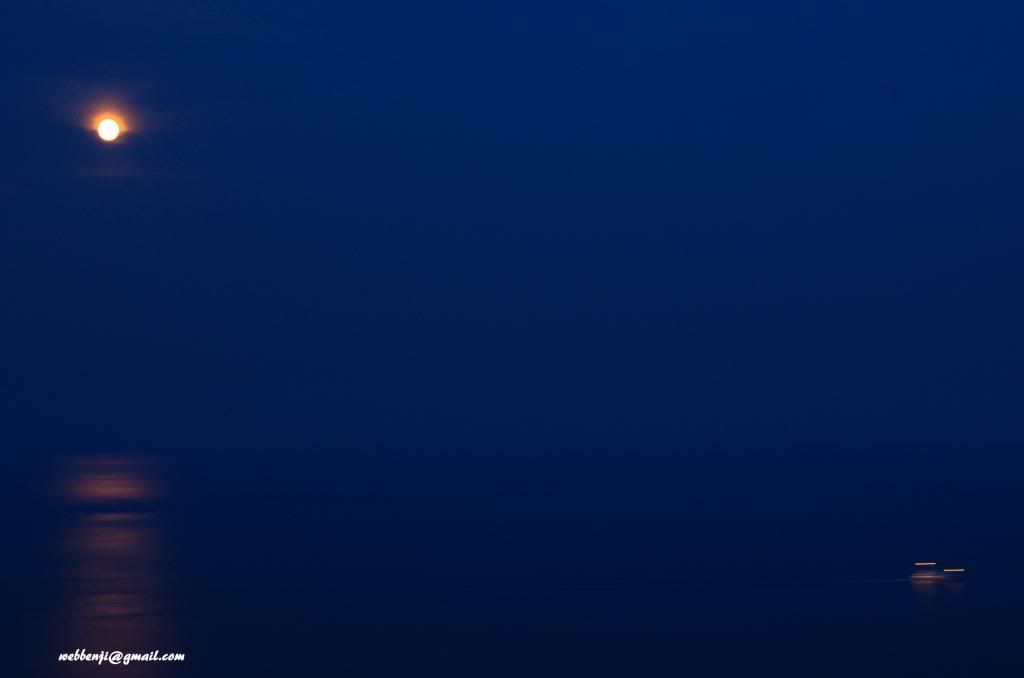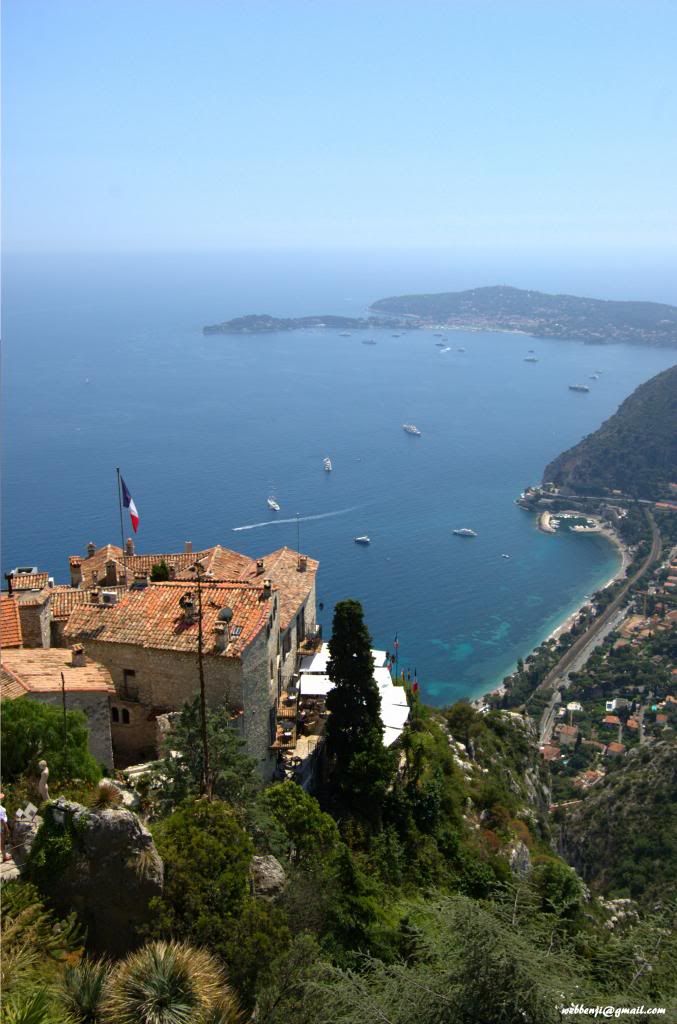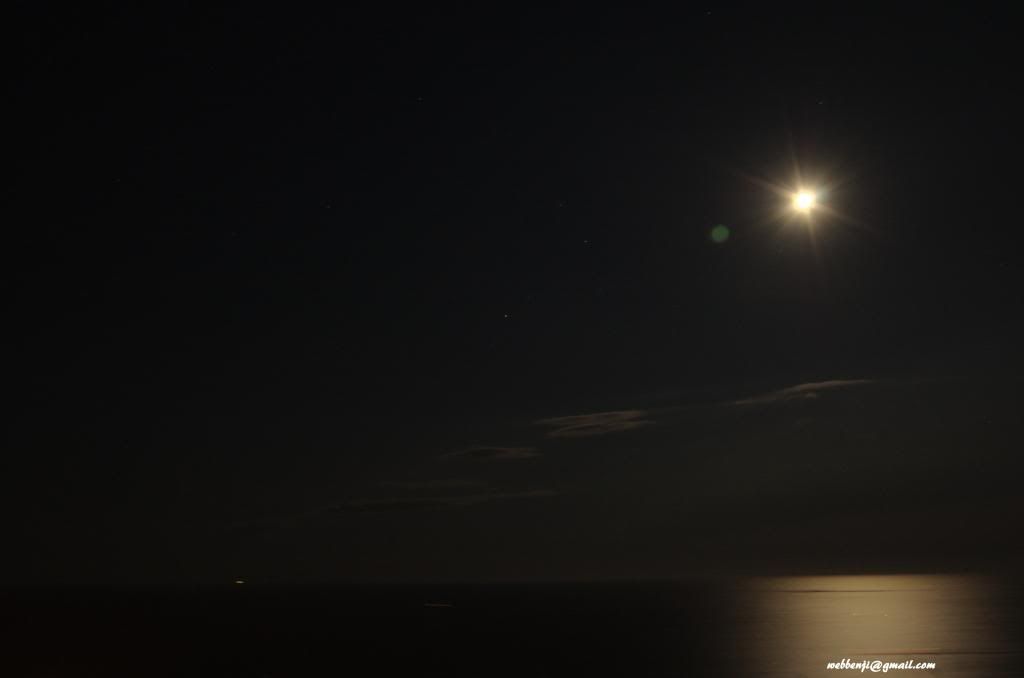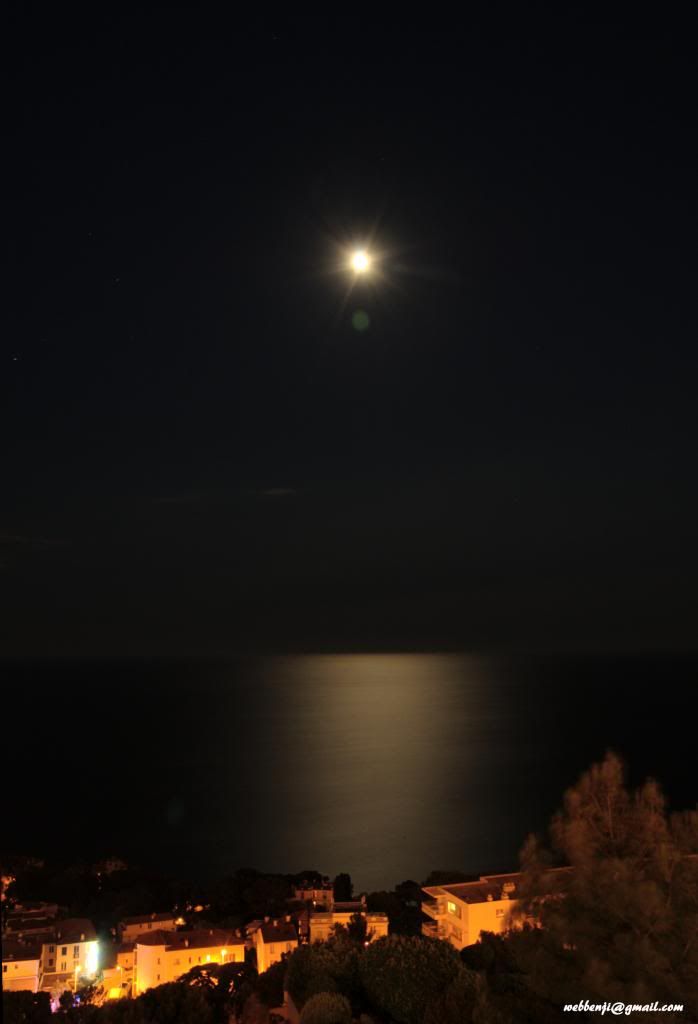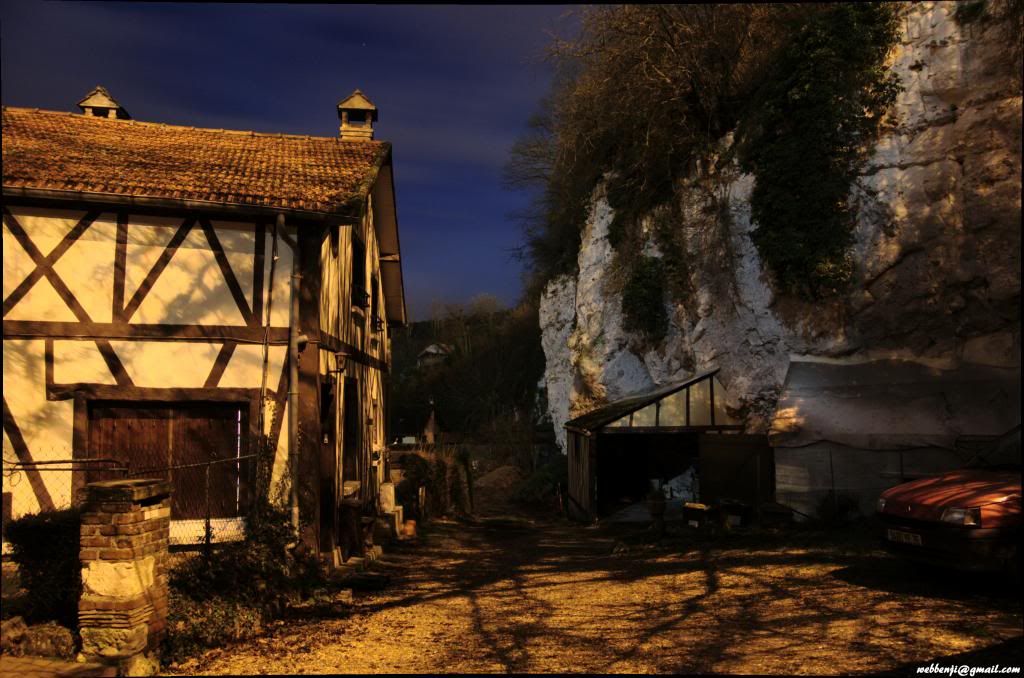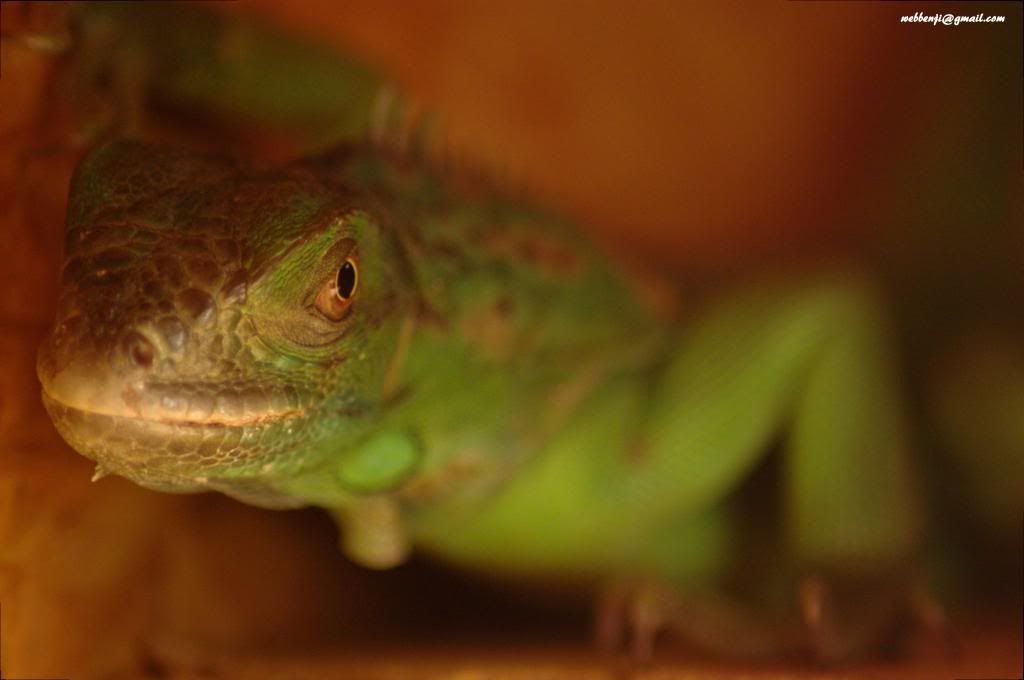You are using an out of date browser. It may not display this or other websites correctly.
You should upgrade or use an alternative browser.
You should upgrade or use an alternative browser.
*Official* Post Your Pictures Thread
- Thread starter computerhakk
- Start date
More long exposure shots, this time in Norwich!

On My Way Home! by JasonBrown2013, on Flickr

Elm Hill By Night by JasonBrown2013, on Flickr

Norwich Cathedral By Night by JasonBrown2013, on Flickr

St Peter Mancroft Chruch By Twilight by JasonBrown2013, on Flickr

On My Way Home! by JasonBrown2013, on Flickr

Elm Hill By Night by JasonBrown2013, on Flickr

Norwich Cathedral By Night by JasonBrown2013, on Flickr

St Peter Mancroft Chruch By Twilight by JasonBrown2013, on Flickr
Hey thanks Ben! I like the shot of the cruise liner and the bird, very nice indeed!
I also enjoyed the cruise liner shot :good:
What kind of lense did you use for those Evan?
Geoff
VIP Member
I've always been interested in astrophotography. What kind of star tracker do you have?You want long exposure? This one's 55 minutes:

And this one's over an hour:
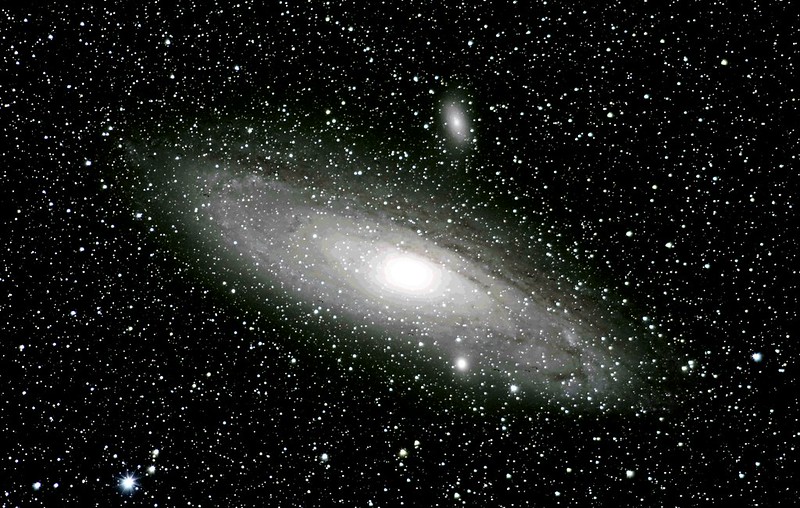
CrazyHV8000
Active Member
You want long exposure? This one's 55 minutes:

And this one's over an hour:

Nice one! what kind camera do you have?
CrazyHV8000
Active Member
Here my good star and roof picture 
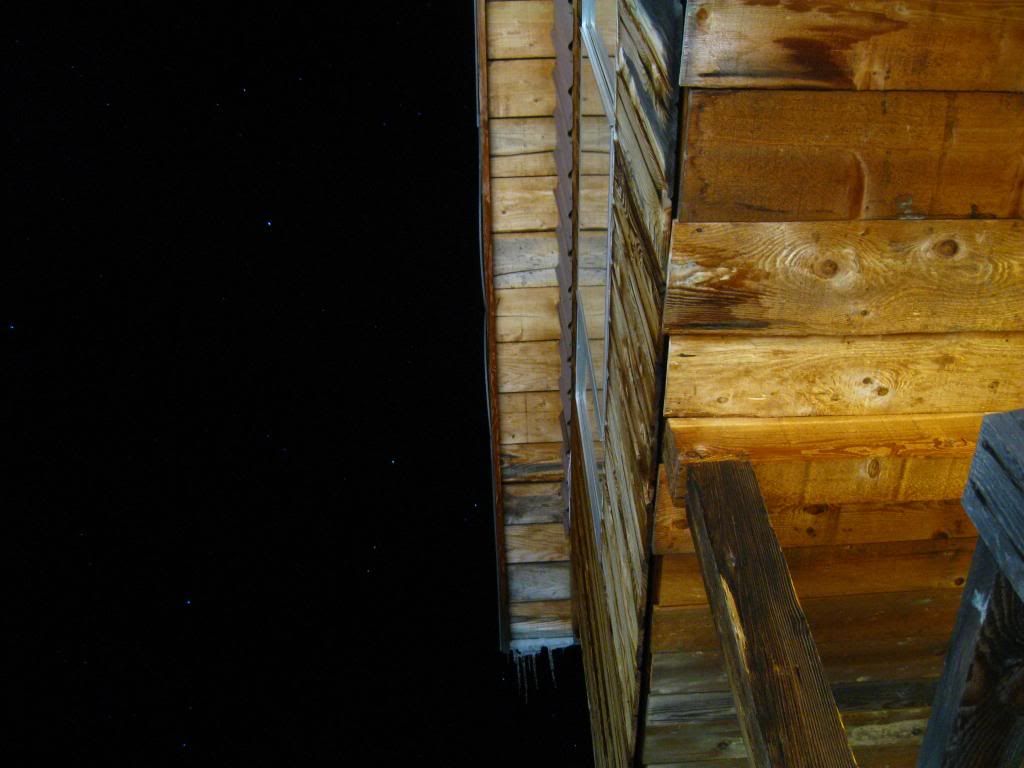

I tried to get a shot of the starry night the other night when I was at that bridge over the dual-carriageway. It didn't come out very well because I under-exposed it, too bad. 
Nice shots there Evan! :good: and yes I've always been interested in astronomical photography. How did you get a 55 minute exposure though?
Nice shots there Evan! :good: and yes I've always been interested in astronomical photography. How did you get a 55 minute exposure though?
Yeah Astronomy is one of my hobby too. The thing is I don't have anything other than a tripod and my eyes... Here are some pics I did:
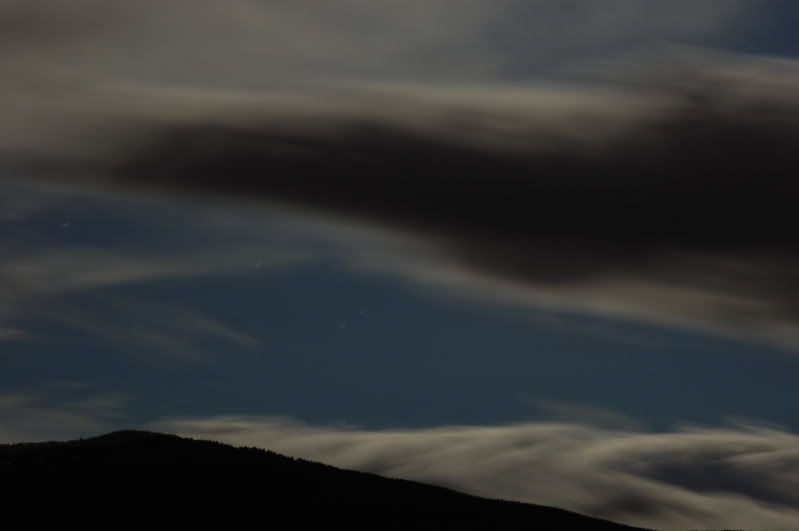
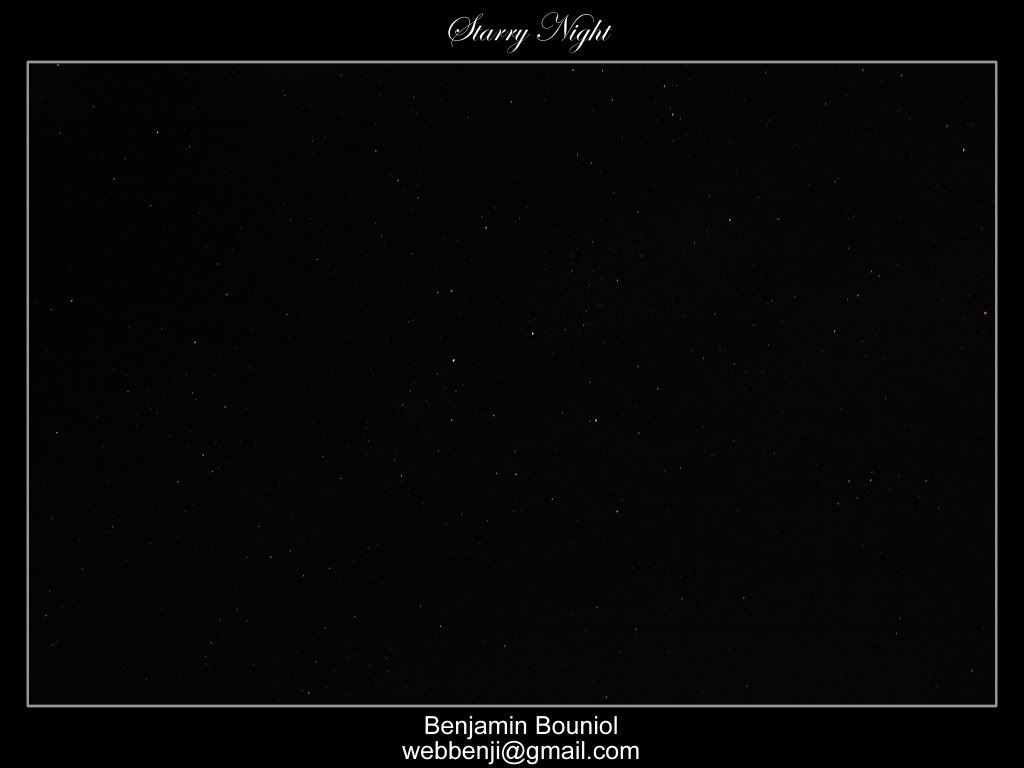

And this is my version of your first pic Evan :
:
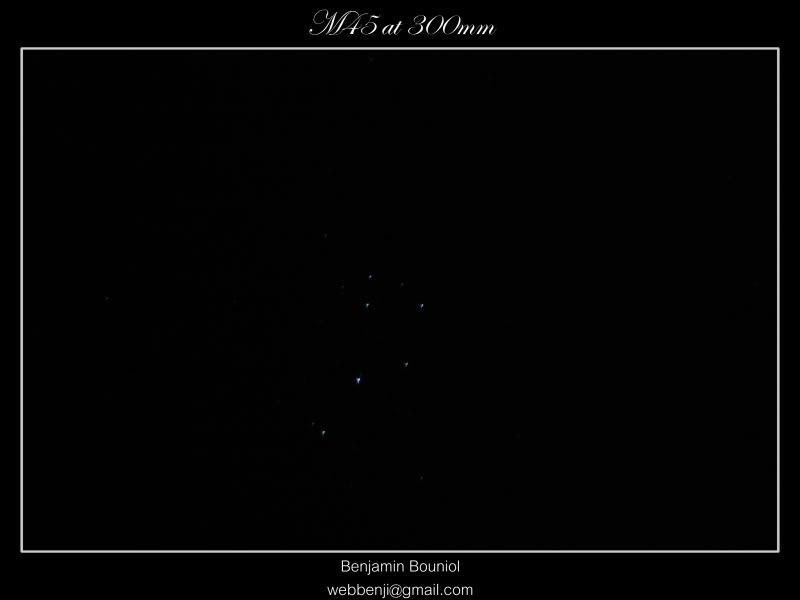
And this is Jupiter:
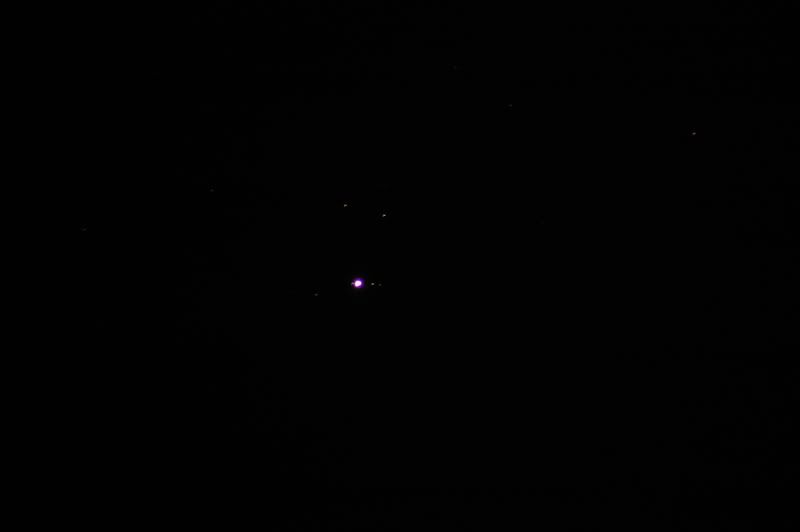
Maximum exposure there is 30 second, don't mind the borders, I've changed that now.



And this is my version of your first pic Evan

And this is Jupiter:

Maximum exposure there is 30 second, don't mind the borders, I've changed that now.
EvanK
Member
WRXGuy1 said:I've always been interested in astrophotography. What kind of star tracker do you have?
I have an old Celestron mount and a C8, the classic orange tube. For guiding I use a Byers worm gear drive, but no autoguiding, the mount's too old school for that
Jamebonds1 said:Nice one! what kind camera do you have?
I used a D7000 for those shots, ISO 1600 if I recall but I'd have to check.
spirit said:Nice shots there Evan! and yes I've always been interested in astronomical photography. How did you get a 55 minute exposure though?
It's not actually a 55 minute exposure, it's a combination of 11 exposures, each 5 minute shots. When you put all your shots together, what's called "stacking", it helps reduce the noise and generally bring out better detail. You can also take a few shots with the lens cap on, often called "darks", which can be added into the shot to help reduce hot pixels and imperfections. I put all the shots together using some freeware called Deep Sky Stacker", did some colour and exposure adjustment in there, and then did a few touch ups using GIMP.
Although for deeper shots like these with longer lenses you need pretty accurate tracking and need to be alert and guiding the shot at all times, it's not necessary for all astrophotos. Really, all you need is a camera, tripod, and a dark location. All I used for this shot was the camera, a tripod, and a remote release to reduce vibrations and such:
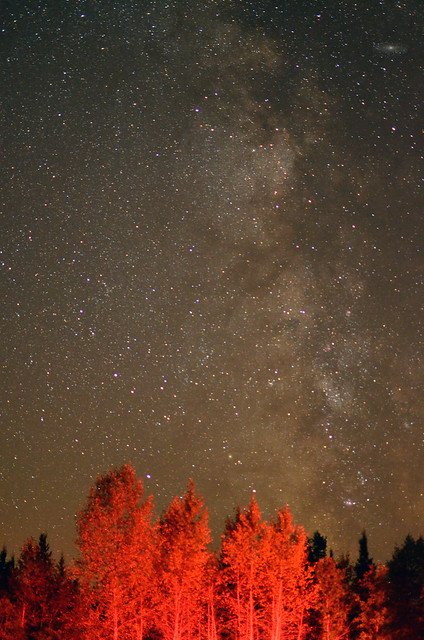
If you look REALLY closely there is some trailing, but I had it printed on a 8 x 8 foot board and honestly you couldn't see any imperfections. Try it yourself, get out on a dark night at preferably a location with minimal light pollution out in the country, and just shoot on a tripod. Try different exposures at different ISO and apertures, you'll be pleasantly surprised at what you can get. If you want, even put your camera in bulb mode and experiment with star trails, you can have lots of fun with these shots in Lightroom or Photoshop after the fact. Compared to the days of film where you had to deal with reciprocity failure and true hour long exposure with no tracking, digital astrophotography is a godsend.
EvanK
Member
Yeah my maximum exposure is also 30 seconds I think. Some nice ones there Ben.
Just use bulb mode. I can't check right now as I don't have my camera, but I believe if you sync the Ml-L3 remote with the camera and put your exposure into bulb, it'll start the exposure when you press the remote and end it when you press again. For precise astrophotos, change the remote mode in the menu to have the mirror lock up before you start the exposure, simply to reduce the vibrations caused by the mirror flapping.
Thanks for letting me know all about that Evan - sounds really interesting indeed! I'll definitely give it a try and at some point. I only recently got my D3200 so I still need to do some reading up on what exactly the bulb mode does and so on, but I have downloaded the Deep Sky Stacker software as it's free.
I've got the ML-L3 remote (which is what I use for my long exposures to reduce shutter button blur) so I should be set as I have a tripod too.
I've got the ML-L3 remote (which is what I use for my long exposures to reduce shutter button blur) so I should be set as I have a tripod too.
I have an old Celestron mount and a C8, the classic orange tube. For guiding I use a Byers worm gear drive, but no autoguiding, the mount's too old school for that. Even after over an hour polar aligning, you have to do some pretty regular corrections every 10-15 seconds or so. It really puts a strain on your back...
I used a D7000 for those shots, ISO 1600 if I recall but I'd have to check.
It's not actually a 55 minute exposure, it's a combination of 11 exposures, each 5 minute shots. When you put all your shots together, what's called "stacking", it helps reduce the noise and generally bring out better detail. You can also take a few shots with the lens cap on, often called "darks", which can be added into the shot to help reduce hot pixels and imperfections. I put all the shots together using some freeware called Deep Sky Stacker", did some colour and exposure adjustment in there, and then did a few touch ups using GIMP.
Although for deeper shots like these with longer lenses you need pretty accurate tracking and need to be alert and guiding the shot at all times, it's not necessary for all astrophotos. Really, all you need is a camera, tripod, and a dark location. All I used for this shot was the camera, a tripod, and a remote release to reduce vibrations and such:

If you look REALLY closely there is some trailing, but I had it printed on a 8 x 8 foot board and honestly you couldn't see any imperfections. Try it yourself, get out on a dark night at preferably a location with minimal light pollution out in the country, and just shoot on a tripod. Try different exposures at different ISO and apertures, you'll be pleasantly surprised at what you can get. If you want, even put your camera in bulb mode and experiment with star trails, you can have lots of fun with these shots in Lightroom or Photoshop after the fact. Compared to the days of film where you had to deal with reciprocity failure and true hour long exposure with no tracking, digital astrophotography is a godsend.
You should make a guide on astrophotos, how to take them, what's needed and all
EvanK
Member
Punk said:You should make a guide on astrophotos, how to take them, what's needed and all
I'll think about it, but I'm certainly still learning. But if there's enough demand for one here or over at Camera Forum, I'd be glad to write one up

